American Giants: The History of Oberheim Electronics
From Maestro to Sequential and all Obie points between.
Tom Oberheim went from designing guitar pedals to some of the most respected synthesizers ever made. Here’s his story and the story of the company that bears his name.
The History of Oberheim
America has turned out some pretty incredible synthesizer companies. Moog, ARP and Sequential to name just a few. However, none epitomizes the American sound more than Oberheim. Oberheim synthesizers are peak American: wild, woolly and fatter than a dad after Thanksgiving dinner. For many, they are the end-all and be-all of analogue polys.
The History of Oberheim: With A Little Help From My Friends
Synthesizers are often group efforts. Even when the company bears the name of a single person, like Moog, Buchla or ARP, it takes a village to raise a synth. This is especially true when it comes to Tom Oberheim. Throughout his long history designing musical instruments and effects, he’s had some help from some remarkable people. Cue The Beatles’ Sgt. Pepper, side one, track two.
Tom started his professional career in Los Angeles, having moved there from Kansas because of his love of music. Working at computer companies by day, he was designing ring modulator units at night.
He made these for friends like jazz trumpeter Don Ellis, psychedelic pop band The United States of America, and composer Leonard Rosenman, who commissioned one for the soundtrack for The Planet of the Apes. This led directly to work for Maestro, with his ring modulator becoming the RM-1A. Oberheim Electronics was born.
A growing interest in synthesizers resulted in him becoming the West Coast dealer for ARP. With access to the schematics for the 2600, he created a modification that allowed users to play it duophonically.
The History of Oberheim: SEMthing In The Way You Move
The first product released under the Oberheim name was the DS-2. A digital sequencer, it allowed you to control a Moog or ARP synth remotely. Having a sequencer on the books inspired Tom to create a keyboardless synthesizer, one that would expand on the power of a Minimoog or ARP Odyssey. The result was 1974’s SEM, or Synthesizer Expander Module, and it would change Tom’s life.
The SEM was relatively simple in layout, with two oscillators—each with sawtooth and variable pulse—two ADS envelopes and a single triangle wave LFO. It sounded incredible. It also boasted a very unique filter, one that has since become famous and a big part of the Oberheim sound. Now known as the SEM filter, it was 2-pole.
This was in contrast to the standard 4-pole Moog Ladder filter, the standard of the time. It was also multimode, with a knob to switch from bandpass to lowpass, and then continuously through notch and highpass modes. Smooth and airy, it continues to be an inspiration to this day.
Tom designed with SEM with help from Dave Rossum of E-mu Systems. He came back, this time with E-mu partner Scott Wedge, for the 2-Voice, 4-Voice, and 8-Voice keyboard versions, specifically the digitally scanned polyphonic keyboard. The first commercially available polyphonic music synthesizers, these combined multiple SEM units with a programmer and keyboard into powerful instruments.

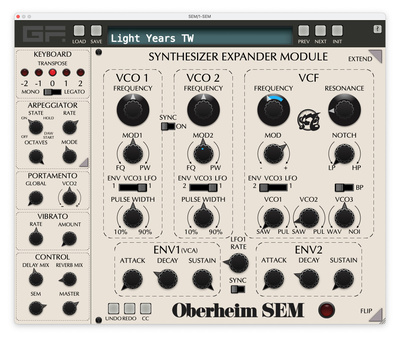

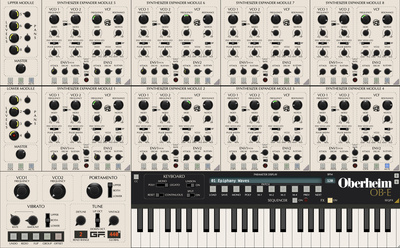
The History of Oberheim: Have You Seen Polyphonic Pam?
As iconic as the SEM and Voice series were, it was the triumvirate of big Obie polys that began with the OB-X and continued through the OB-Xa and OB-8 that really defined the big synth sounds of the 1980s.
Rush. Prince. Queen. What did they have in common? They were all OB-X power users. Dropping in 1979, Oberheim’s OB-X ushered in a new phase in Oberheim’s career. Simple in synthesis but massive in sound, it offered two extremely fat VCOs, a 12dB/octave lowpass filter based on SEM tech, two ADSRs, and preset memory thanks to the onboard Z80 chip. It was available in three voice configurations: four, six, or eight voices.
Oberheim quickly followed this up with the OB-Xa the following year. Available in the same voice configurations, the OB-Xa had a similar synthesis architecture but made the filter 2-pole/4-pole switchable. It was also bi-timbral, with keyboard splits and layering now possible.
Unlike the OB-X, which used discrete circuitry, Oberheim this time opted for Curtis CEM chips, integrated circuits made especially for synthesizer use by Doug Curtis. While the sound was a little different from the OB-X, it was no less popular, and is probably best known as the synth that Eddie Van Halen plays in “Jump.” Oberheim completed the OB trilogy in 1983 with the OB-8.

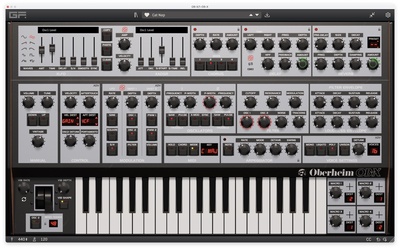
The History of Oberheim: Magical Matrix Tour
Players know Oberheim synths for having excellent sound yet relatively simple synthesis architecture. That all changed with the Matrix line of synths. Debuting with the Xpander in 1984, it was a six-voice analogue synth.
It featured two CEM3374-based VCOs per voice, 15 variations of a CEM 3372 filter, five LFOs, plus a ground-breaking modulation matrix to tie it all together. The next year, Oberheim released the Matrix-12, which was essentially two Xpanders with a keyboard—and for many, the ultimate expression of 1980s analogue synthesis.
While powerful, the Xpander and Matrix-12 were also extremely expensive. Aiming for the everyday musician, Oberheim followed these up in 1985 with the Matrix-6, a six-voice instrument based on the Curtis CEM3396, the synth on a chip. Other releases in the series included the rackmount Matrix-6R (1986) and Matrix-1000 (1988), the latter a preset-only affair.
The History of Oberheim: He’s Leaving Home
Although well received, the Matrix instruments weren’t popular enough to keep Oberheim afloat and the company suffered the same fate as many other outfits of the time. In 1985, Oberheim declared bankruptcy and was sold off. Tom remained on for a few years, eventually leaving to start a new company, Marion Systems, and later SeaSound, an audio interface company.
Then, in 1988, Gibson bought the now Tom-less Oberheim, and in 1994 it released the rack-mountable OB-Mx, a two-voice analogue synth expandable up to 12 voices. Interestingly, it had two filters, a 2-pole SEM plus a 4-pole Moog-style Ladder filter. Even more interestingly, it featured contributions from Don Buchla and Buchla-associated engineer D.N. “Lynx” Crowe.
The History of Oberheim: With A Little More Help From My Friends
In 2009, Tom Oberheim returned to the world of synthesizers with an updated version of the SEM under the Tom Oberheim brand name. He followed this up with the Son Of Four Voice in 2010 and the Two-Voice Pro in 2015.
In 2016, Dave Smith joined Dave Rossum, Alan R Pearlman, and Don Ellis in giving Tom a hand and released the OB-6, a hybrid Oberheim/Smith instrument, under the Sequential brand name.
The two titans collaborated once again for 2022’s OB-X8, a monster poly that brings together the best of the OB series in a modern package. And, with Gibson having returned the Oberheim name to Tom as a gesture of goodwill in 2019, it could be released properly as an Oberheim synthesizer.

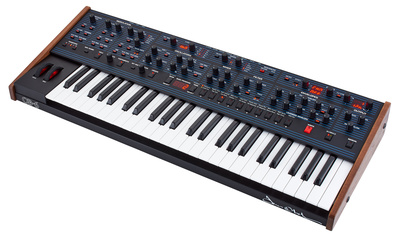

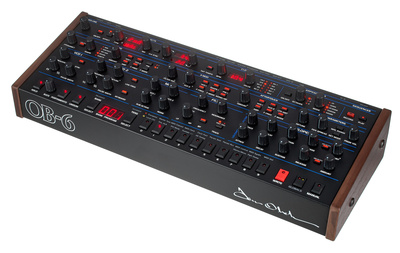

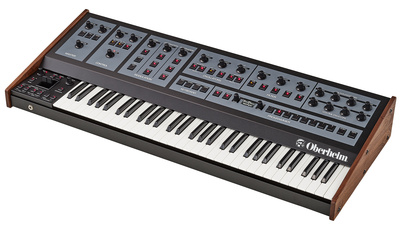

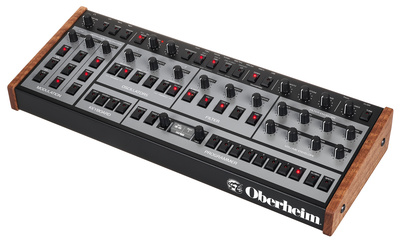
An American Legacy
There was more that I wanted to mention in this story, of course. Oberheim’s drum machines, for one. Tom’s work under the Marion Systems name. His involvement with the creation of MIDI. As always with these history stories, though, I’m limited by how much space I have to write.
What I can say, though, is that Tom is a true synthesizer pioneer who deserves to be spoken of in the same reverent tones as Bob Moog, Dave Smith, Alan R. Pearlman, and Don Buchla.
Information
- Oberheim’s homepage
- All about Oberheim
- All about synthesizers
Videos
You are currently viewing a placeholder content from YouTube. To access the actual content, click the button below. Please note that doing so will share data with third-party providers.
You are currently viewing a placeholder content from YouTube. To access the actual content, click the button below. Please note that doing so will share data with third-party providers.
You are currently viewing a placeholder content from YouTube. To access the actual content, click the button below. Please note that doing so will share data with third-party providers.
You are currently viewing a placeholder content from YouTube. To access the actual content, click the button below. Please note that doing so will share data with third-party providers.
You are currently viewing a placeholder content from YouTube. To access the actual content, click the button below. Please note that doing so will share data with third-party providers.
You are currently viewing a placeholder content from YouTube. To access the actual content, click the button below. Please note that doing so will share data with third-party providers.
*Note: This article contains promotional links that help us fund our site. Don’t worry: the price for you always stays the same! We will receive a small commission if you buy something through these links. We appreciate your support!
One response to “American Giants: The History of Oberheim Electronics”

 5,0 / 5,0 |
5,0 / 5,0 | 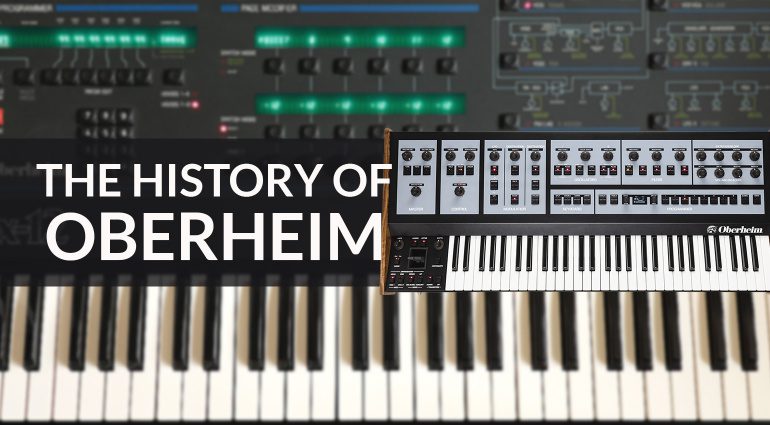

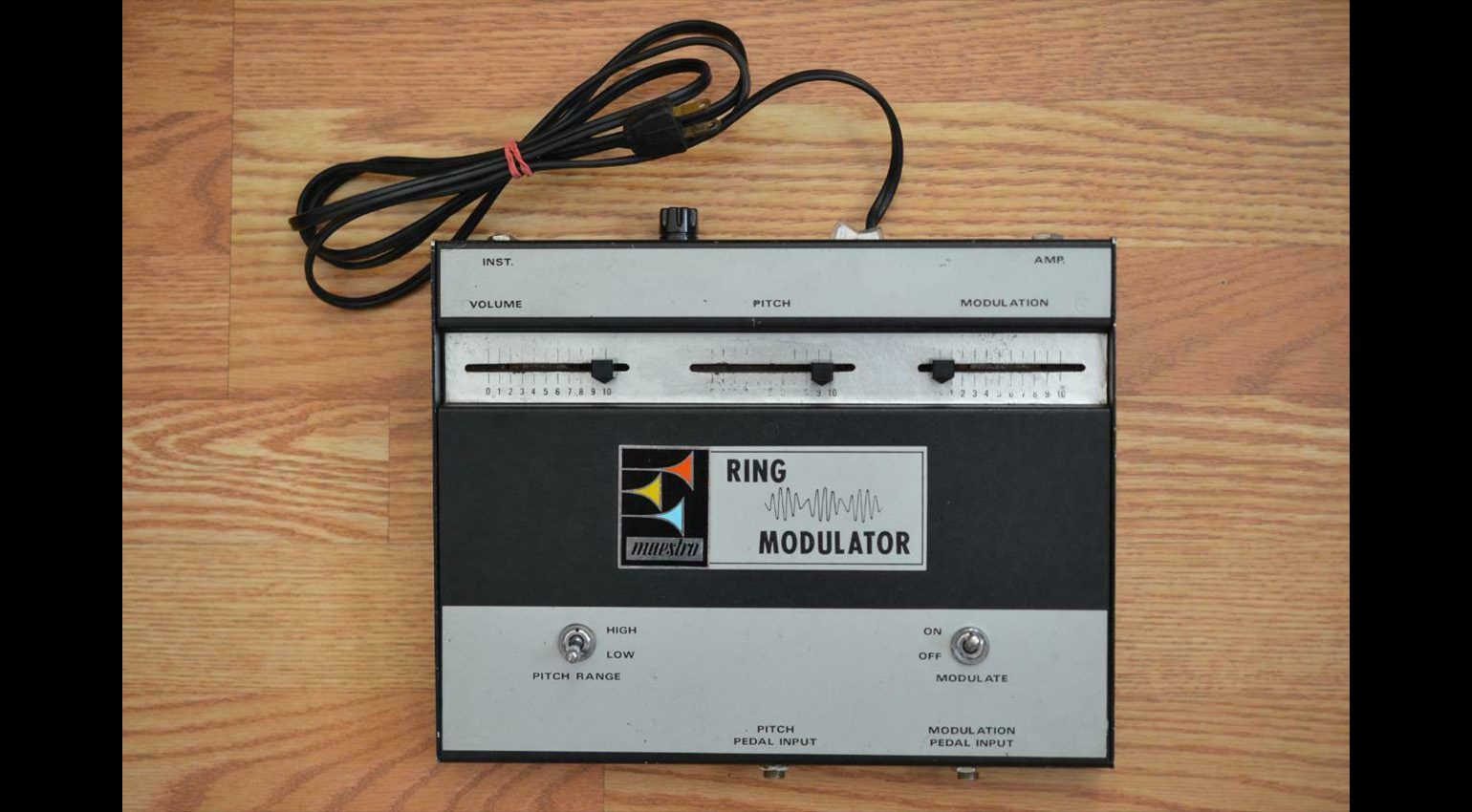
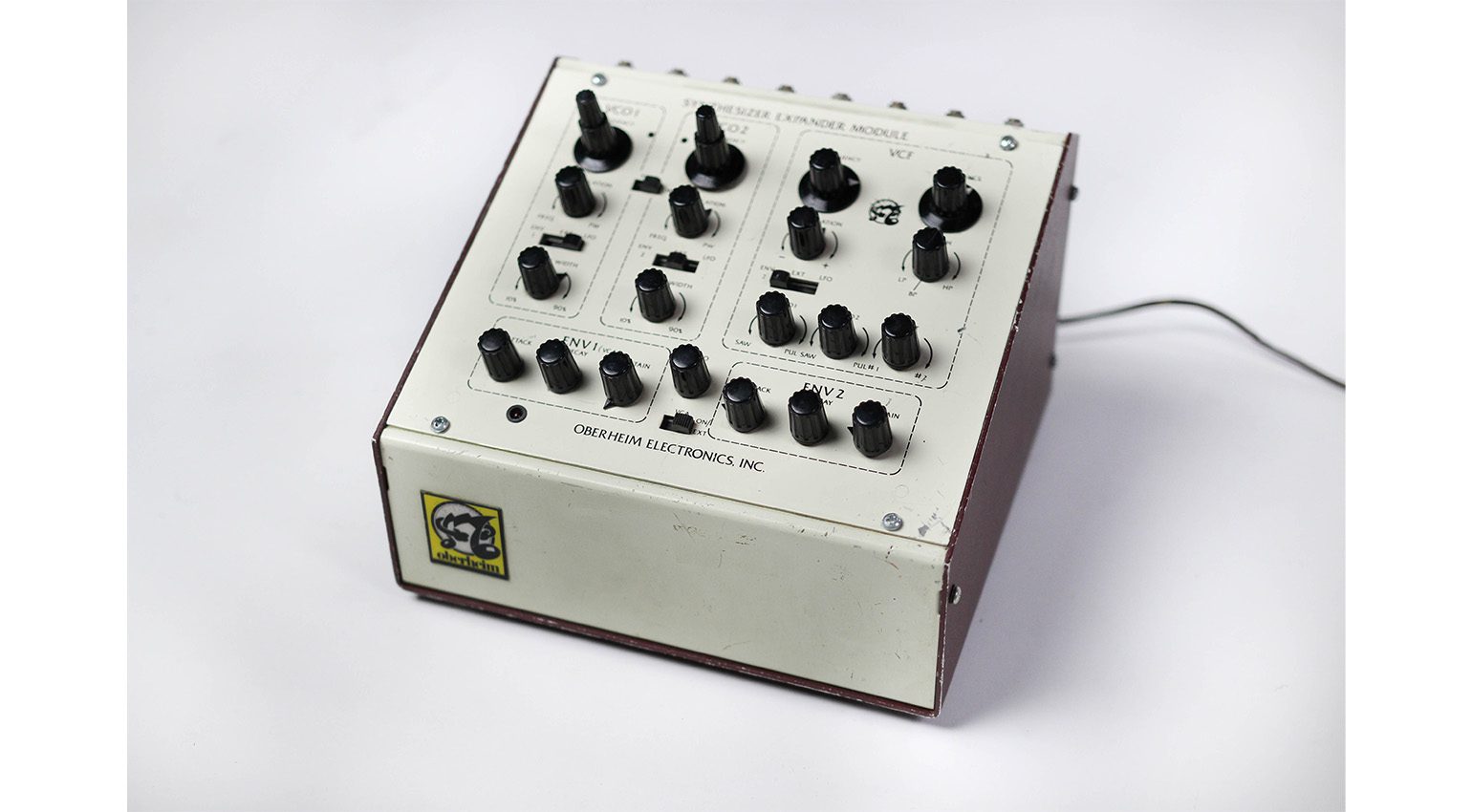

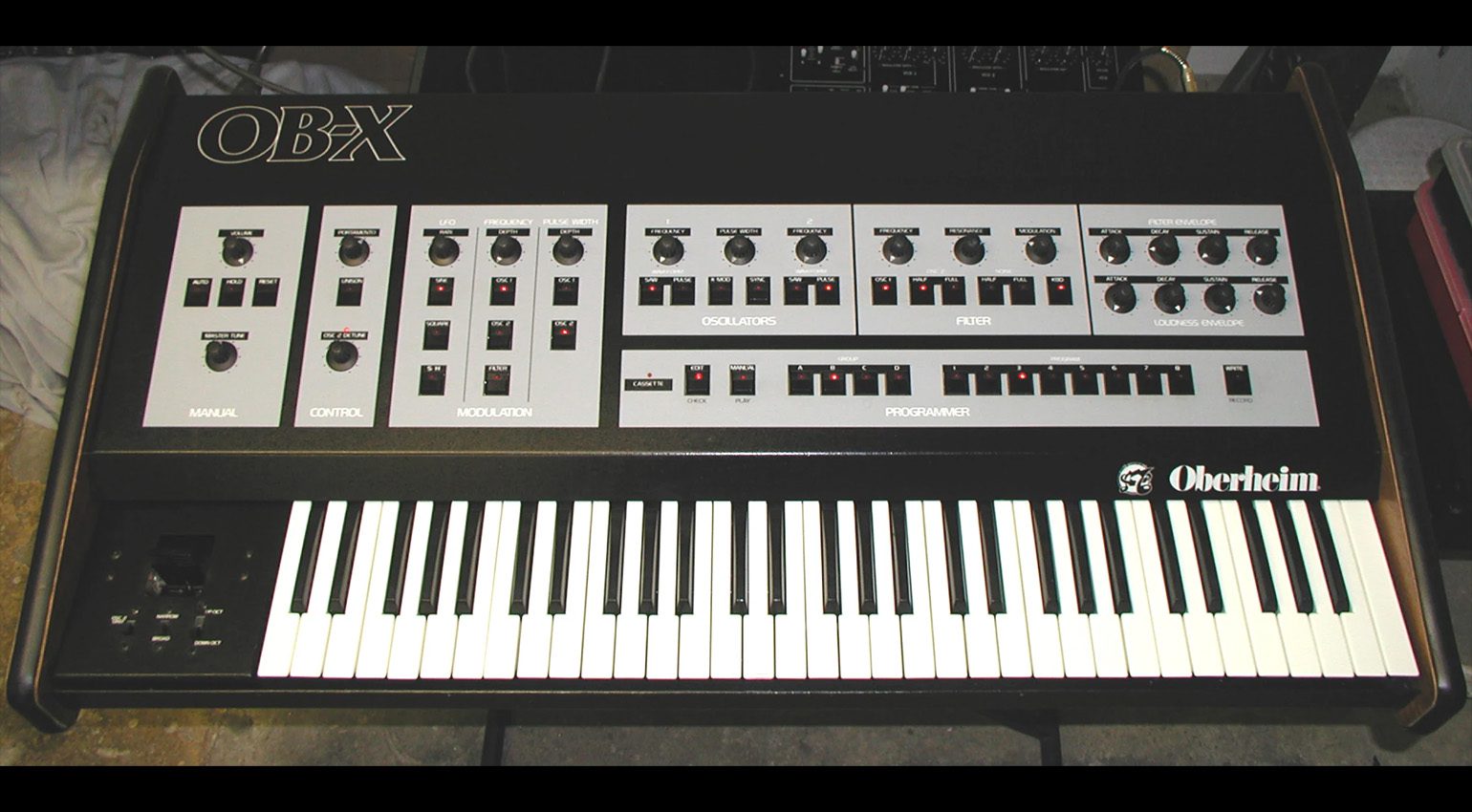
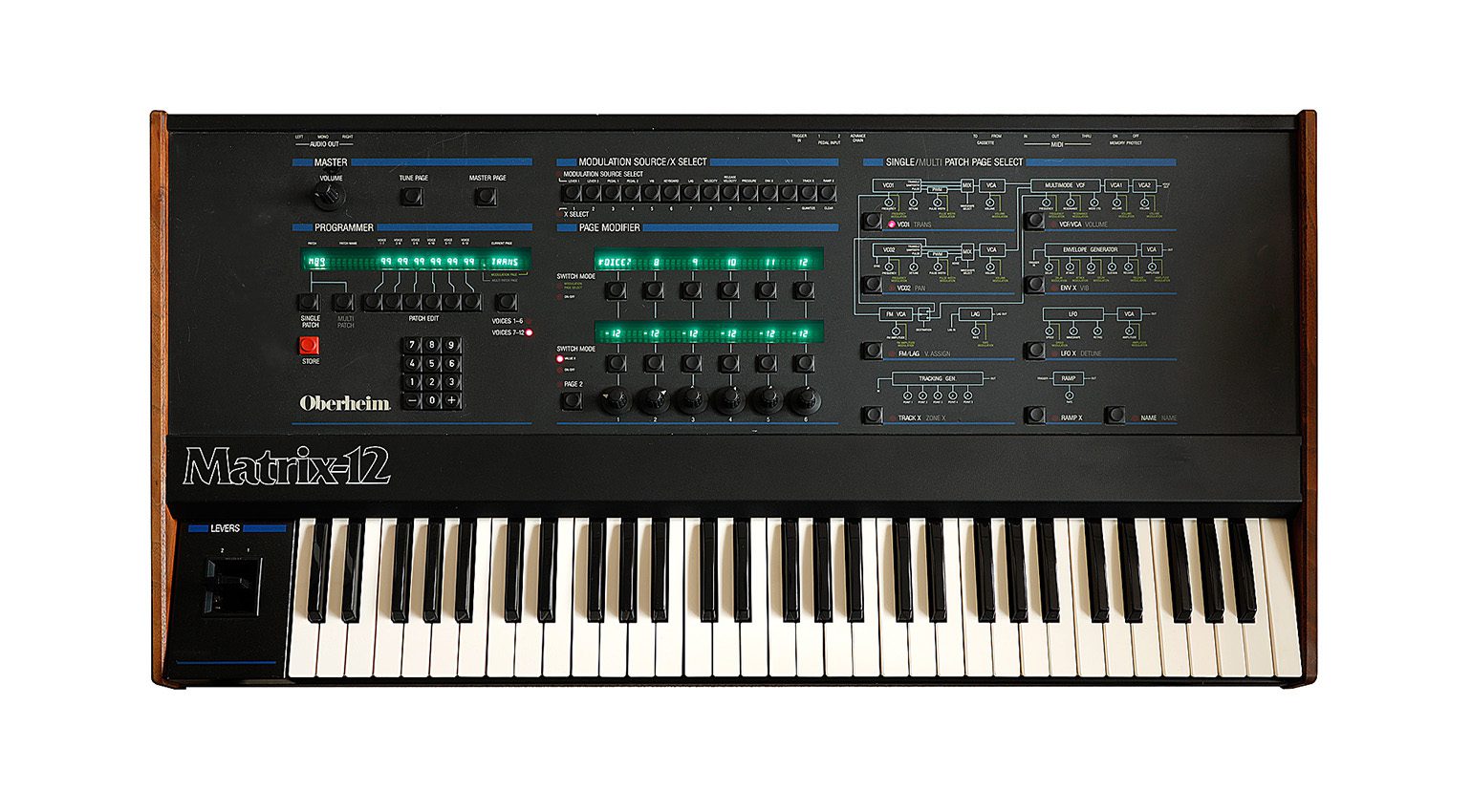
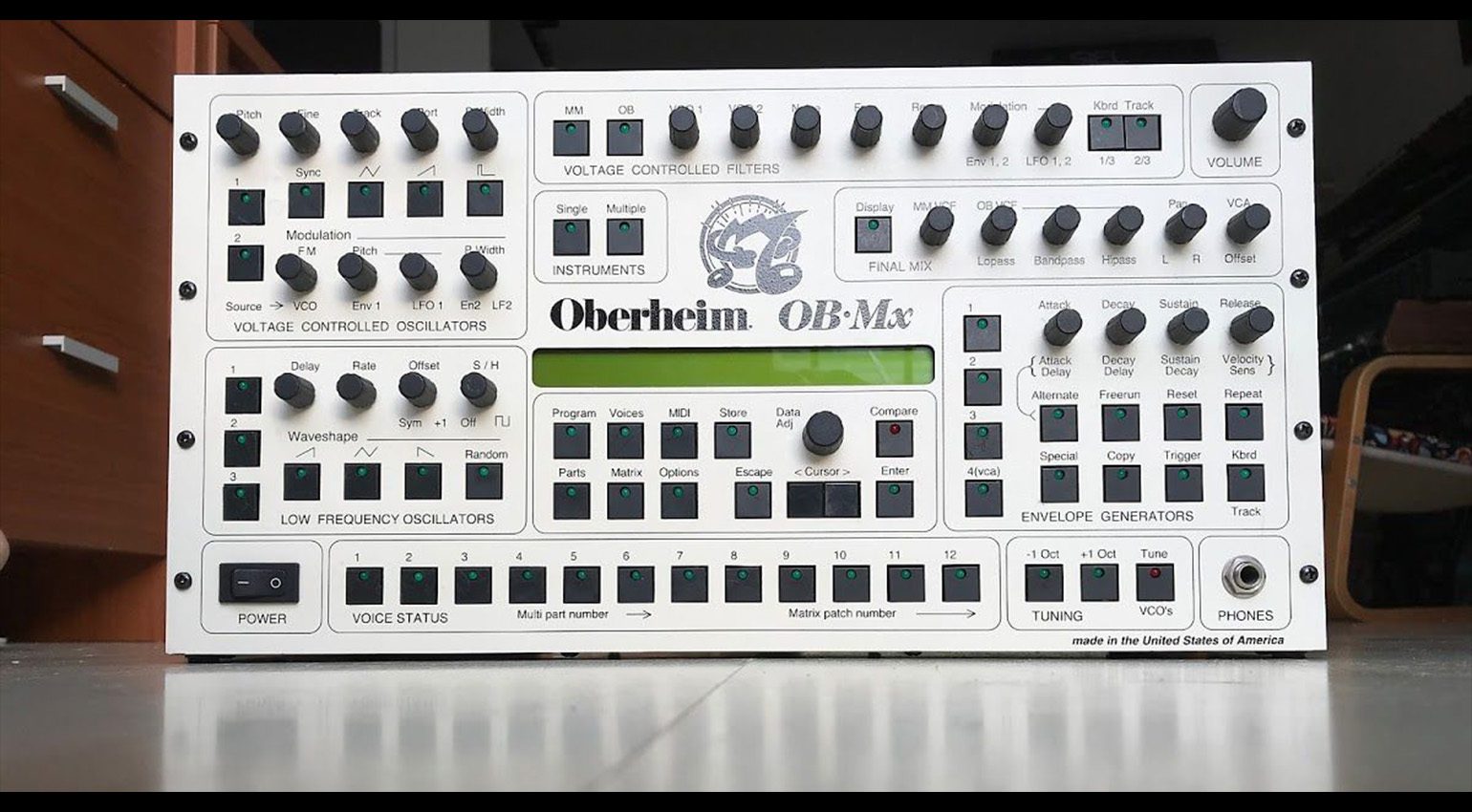
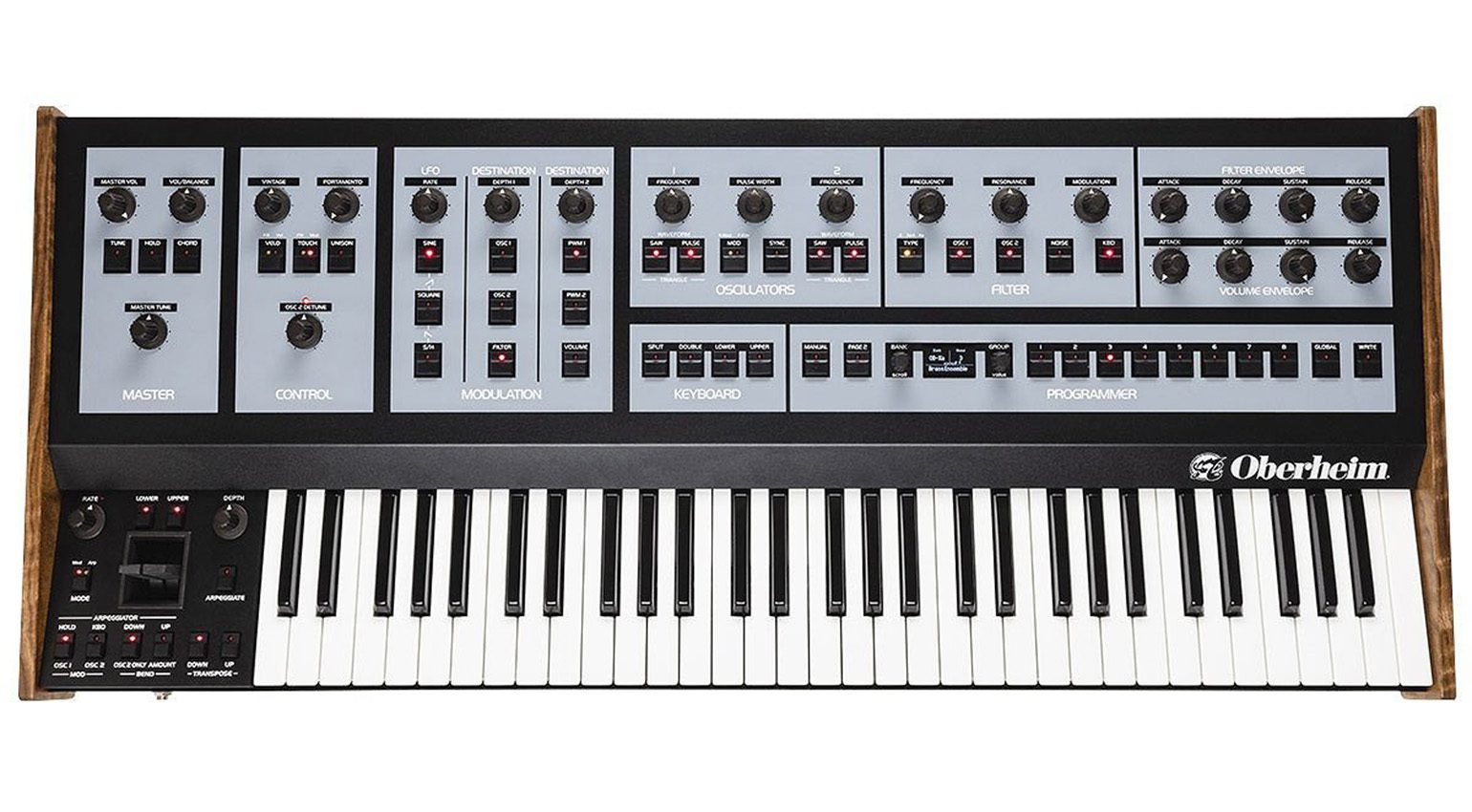
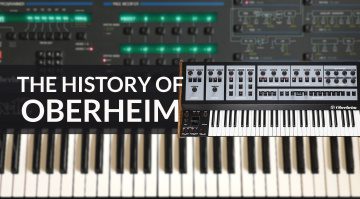

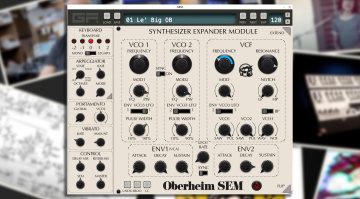
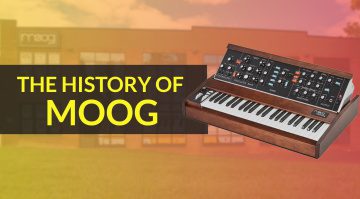

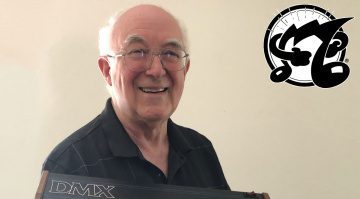

DMX.
Less we forget.